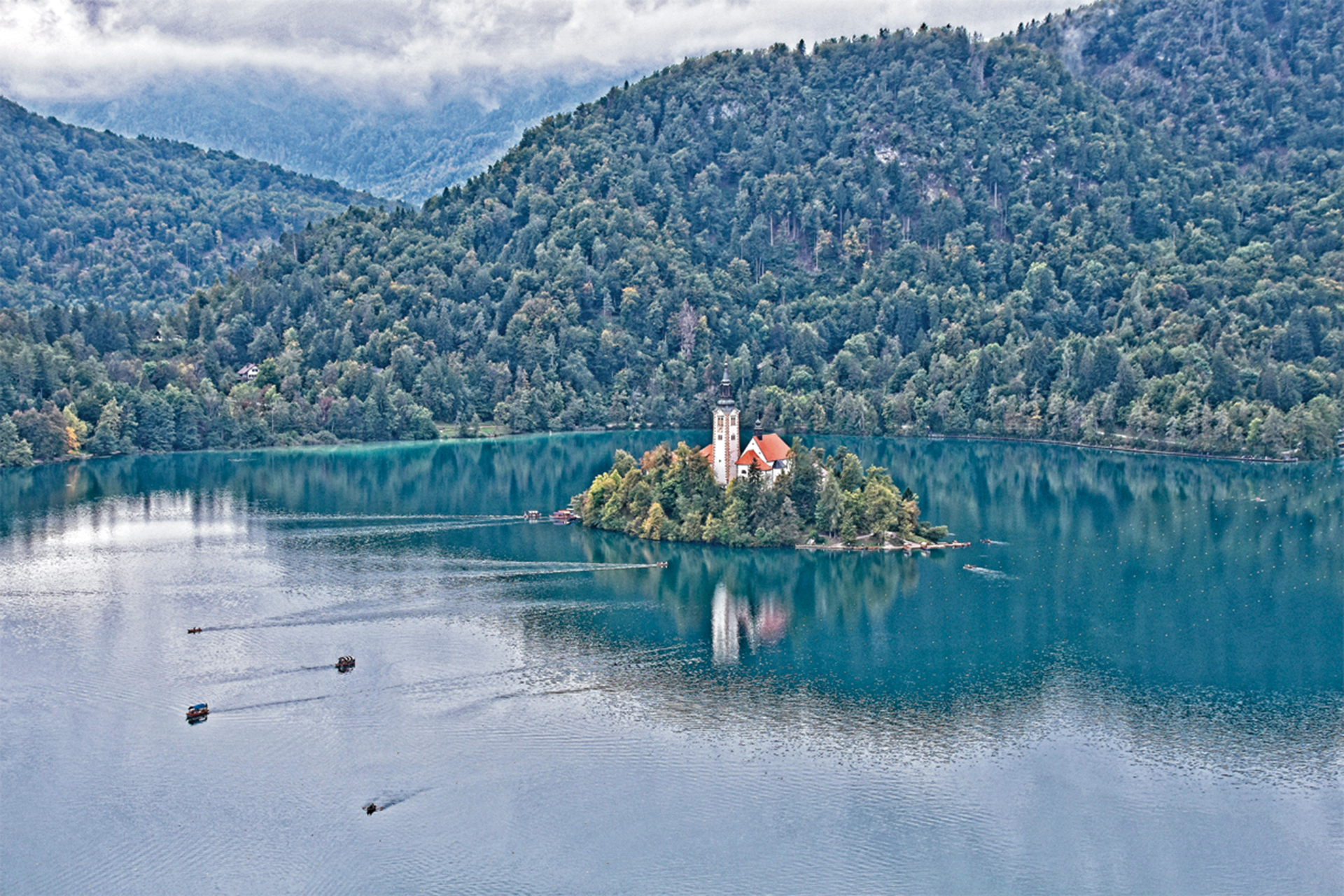The Roads Less Traveled

In early April, reports showed air quality in 85 world cities had improved significantly. Why? Fewer cars are on the roads, air traffic has lessened, and nonessential businesses have been closed. In Venice, the canals have had so little boat traffic, jellyfish can be found swimming in newly clear waters. People living in Punjab, India, discovered they could see the soaring peaks of the Himalayas for the first time in 30 years, and animals around the globe are appearing where humans normally roam. Lions lounge on roads in South Africa and goats wander empty streets in Wales.
Those of us who love to travel can support this trend by not planning trips to the usual bucket list of grand cities. When travel bans lift, let’s go off the beaten path for places that are just as fabulous but not so crowded. Here are some ideas.
Montenegro: Consider Kotor, a coastal town on the Adriatic. A UNESCO World Heritage site, the old city was built between the 12th and 14th centuries and is filled with medieval architecture and historic monuments. The city walls rival those of Dubrovnik — they are over four kilometers long and lead up to the fortress of Saint Ivan. Montenegro itself is only about as big as Connecticut, so day trips from Kotor to explore the country would be a breeze.
Slovenia: Slovenia, in Central Europe, is smaller than New Jersey and easy to explore. It can claim perhaps the most photographed site in Europe — Lake Bled, formed by glaciers, fed by hot springs and adorned with a church-topped tiny island. Ljubljana, Slovenia’s capital city, is a pastiche of baroque facades mixed with 20th-Century architecture. Many bridges, including a Dragon Bridge and the famous Triple Bridge by native Jože Plečnik, span the curving Ljubljanica River that undulates through the heart of its old city. Nothing is too far from anything else in Slovenia, and there are astounding caves and castles to discover throughout the country.
Hamburg, Germany: Hamburg boasts everything including a profusion of museums and galleries, fun boutiques, and more canals than Venice and Amsterdam combined. Like Amsterdam, it has its red-light district, famous for trendy nightclubs featuring live music and dancing. On Sunday morning, the Fischmarkt, a massive outdoor market, takes on its own party atmosphere, and is full of stalls with fresh fish to peruse while drinking steins of beer and eating delicious sausages — all on the picturesque riverbank of the Elbe.
Toulouse, France: Have a hankering for Paris? Why not go where Parisians go when they want to escape the city? Toulouse, in the South of France, is often called the Pink City, so-named because of a preponderance of redbrick buildings. The city has five Michelin-starred restaurants, and some famous regional delicacies include cassoulet, foie gras, sausages, and Roquefort cheese. And wine, of course. Another UNESCO World Heritage site is Toulouse’s Canal du Midi, a “mind-boggling work of 17th-Century engineering” that formed part of a canal system linking the Mediterranean to the Adriatic.
Cappadocia, Turkey: It looks like something from a fairy tale, with a wondrous and surreal landscape of naturally formed rocks, hills, valleys, and soaring chimney shapes, all awash in hues of pink to clay. You can even stay in a hotel or dine in a restaurant that has been carved from caves. The most adventurous and breathtaking way to see this region is as a passenger in one of the hundreds of hot air balloons that drift above Cappadocia as the sun rises.
Leiden, Netherlands: Only a half-hour train ride from Amsterdam, Leiden isn’t widely visited by tourists, but go there in the spring and fall to find a colorful vision of reflecting canals dotted with swans and lined with historic buildings. You’ll see lots of iconic windmills, and on Wednesdays and Saturdays, Leiden’s street market is the place to find fish, flowers, cheese, and interesting people to watch. (Leiden is just a quick ride to Amsterdam and its wonderful museums, especially the Van Gogh; spending time there would be hard to resist, but at least you can use mass transit to get there.)
Puglia, Italy: Located in the heel of Italy’s boot, Puglia is one area of Italy that hasn’t been subjected to hordes of tourists. Bright turquoise seas, golden sands, and flourishing olive groves are only part of its charms. Like Cappadocia, Puglia also is blessed with an area of amazing, unusual sights — Trulli houses. In the Itria Valley, mysterious stone buildings with conical roofs are all around. Alberobello is home to the highest concentration of Trulli in Puglia and is, unsurprisingly, one more UNESCO World Heritage Site. Puglia also has charming villages, colorful food markets, and a practically endless number of artisans you can visit.
All of these places possess their own charm and beauty, but up closer and with fewer people to wait in lines with than in London, Paris, or Rome.



